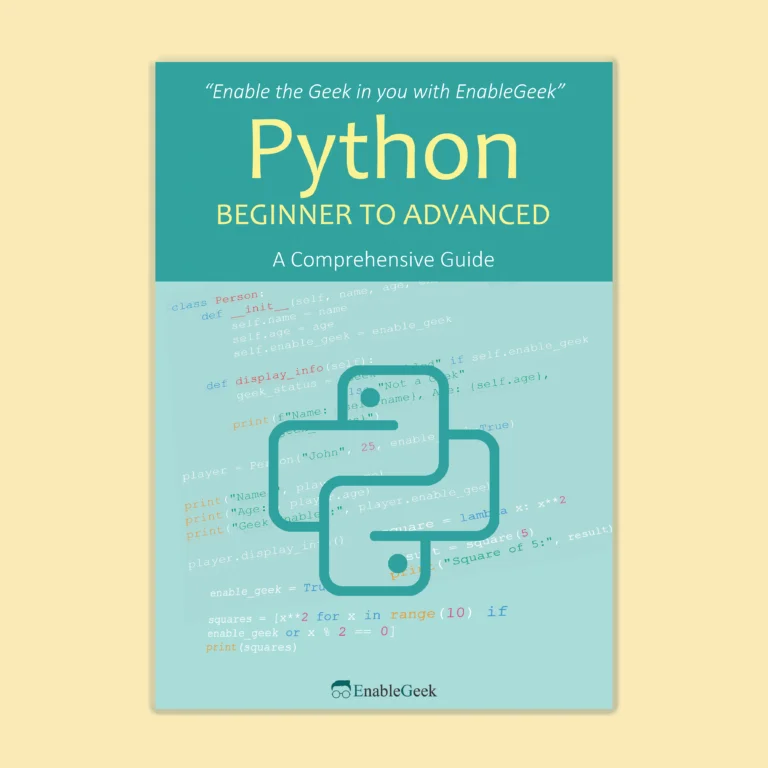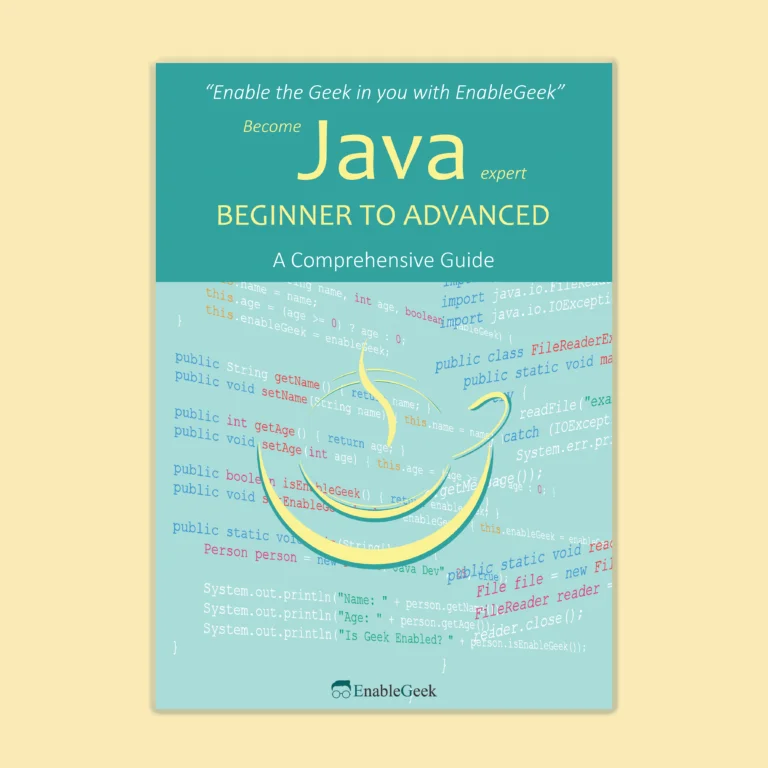Understanding Decimal Number Validation in JavaScript
JavaScript is a powerful programming language that is widely used for creating interactive and dynamic web applications. One important aspect of building such applications is validating user input, particularly when it comes to decimal numbers. In this article, we will provide a beginner’s guide to understanding decimal number validation in JavaScript.
What is Decimal Number Validation?
Decimal number validation is the process of verifying that a user input value is a valid decimal number. This is important because incorrect or invalid input can lead to errors or unexpected behavior in the application.
For example, if a user is entering a monetary value, the application needs to ensure that the value is a valid decimal number with the correct number of decimal places. Without proper validation, a user could enter a value like “1.2345.67” or “5.5.5” which could cause issues when the value is processed.
How to Validate Decimal Numbers in JavaScript?
There are several ways to validate decimal numbers in JavaScript, including using regular expressions, built-in methods, or third-party libraries. Let’s take a look at some common approaches.
- Using Regular Expressions
A regular expression is a pattern that can be used to match text. JavaScript provides a built-in regular expression object that can be used to match decimal numbers.
For example, the following regular expression can be used to match decimal numbers with up to two decimal places:
/^\d+(\.\d{1,2})?$/This regular expression matches strings that start with one or more digits, followed by an optional decimal point and one or two more digits.
To validate a user input using this regular expression, we can use the test() method of the regular expression object:
const decimalRegex = /^\d+(\.\d{1,2})?$/;
const inputValue = "123.45";
if (decimalRegex.test(inputValue)) {
// input is a valid decimal number
} else {
// input is not a valid decimal number
}- Using Built-In Methods
JavaScript provides several built-in methods that can be used to validate decimal numbers. For example, the isNaN() method can be used to check if a value is not a number:
const inputValue = "abc";
if (isNaN(inputValue)) {
// input is not a number
} else {
// input is a number
}We can also use the parseFloat() method to parse a string as a decimal number:
const inputValue = "123.45";
const parsedValue = parseFloat(inputValue);
if (isNaN(parsedValue)) {
// input is not a valid decimal number
} else {
// input is a valid decimal number
}- Using Third-Party Libraries
There are many third-party libraries available for JavaScript that can be used for decimal number validation. Some popular options include:
- jQuery Validation Plugin
- Validator.js
- Formik
These libraries provide easy-to-use APIs for validating user input and can handle complex validation rules.
Conclusion
In this article, we provided a beginner’s guide to understanding decimal number validation in JavaScript. We discussed the importance of validating user input, and explored some common approaches for validating decimal numbers, including regular expressions, built-in methods, and third-party libraries. By implementing proper validation, you can ensure that your application is secure and free from unexpected errors.
Best Practices for Decimal Number Validation in JavaScript
Validating decimal numbers in JavaScript can be a challenging task, especially when dealing with different locales and edge cases. To ensure that your decimal number validation is robust and reliable, here are some best practices to follow:
- Determine the Required Validation Rules
Before validating decimal numbers in your JavaScript code, determine the validation rules that your application requires. This includes things like the number of decimal places allowed, the range of values that are acceptable, and how to handle negative numbers.
By defining the validation rules upfront, you can ensure that your validation logic is comprehensive and meets the requirements of your application.
- Use Regular Expressions for Basic Validation
Regular expressions are a powerful tool for validating decimal numbers in JavaScript. They can be used to enforce basic validation rules, such as the number of decimal places allowed and whether negative numbers are permitted.
For example, the following regular expression matches a decimal number with up to two decimal places and allows for negative numbers:
/^-?\d+(\.\d{1,2})?$/Regular expressions can also be used to validate decimal numbers in different locales by using the appropriate decimal separator character.
- Use Built-In Methods for Advanced Validation
JavaScript provides several built-in methods that can be used for more advanced decimal number validation. For example, the Number.isFinite() method can be used to check if a number is within the range of valid values.
Similarly, the Number.isInteger() method can be used to ensure that a decimal number does not have any decimal places. These built-in methods can be combined with regular expressions for more comprehensive validation.
- Test with Realistic Data
To ensure that your decimal number validation works correctly, it is important to test it with realistic data. This includes testing with input values that are close to the edge cases of the validation rules.
For example, if your application allows for decimal numbers with up to two decimal places, test with input values like “1.23”, “0.01”, “123.456”, and “-123.45” to ensure that the validation rules are applied correctly.
- Use Third-Party Libraries for Complex Validation
If your application requires complex decimal number validation rules, consider using third-party libraries that provide pre-built validation logic. These libraries can save you time and effort, and ensure that your validation rules are comprehensive and accurate.
Some popular validation libraries for JavaScript include Validator.js, Formik, and jQuery Validation Plugin.
Conclusion
Validating decimal numbers in JavaScript requires careful consideration of the validation rules and the use of appropriate validation techniques. By following these best practices, you can ensure that your validation logic is robust, accurate, and reliable, even in the face of edge cases and different locales.
Take your coding skills to the next level with our comprehensive guides, “Python Beginner to Advanced” and “Java Beginner to Advanced.” Whether you’re diving into Python or mastering Java, these books provide step-by-step guidance and in-depth knowledge to elevate your programming expertise.
Common Decimal Number Validation Errors in JavaScript and How to Avoid Them
Validating decimal numbers in JavaScript can be tricky, and it’s easy to make mistakes that can result in errors or incorrect validation. Here are some common decimal number validation errors in JavaScript and how to avoid them:
- Incorrect Use of Regular Expressions
One common error when validating decimal numbers with regular expressions is using an incorrect pattern. For example, if the regular expression pattern is not defined correctly, it may allow invalid inputs to pass through.
To avoid this error, make sure to test your regular expression pattern with a variety of inputs to ensure that it’s working as expected.
- Not Handling Decimal Separator Characters Correctly
Another common error when validating decimal numbers is not handling decimal separator characters correctly. Different locales use different characters for the decimal separator, such as a period “.” or a comma “,”.
To avoid this error, consider using the toLocaleString() method to format your input data based on the user’s locale. This method can help ensure that the decimal separator character is handled correctly.
- Not Handling Edge Cases Correctly
When validating decimal numbers, it’s important to consider edge cases such as very small or very large numbers, numbers with many decimal places, and negative numbers.
To avoid errors with edge cases, test your validation logic with a variety of inputs, including inputs that are close to the limits of the validation rules. Make sure that your validation logic is working as expected and is properly handling all edge cases.
- Not Using Built-In Methods Correctly
JavaScript provides built-in methods that can be used for decimal number validation, such as the isNaN() and isFinite() methods. However, it’s important to use these methods correctly, as they can sometimes produce unexpected results.
To avoid errors with built-in methods, make sure to read the documentation carefully and test the methods with a variety of inputs. Also, consider combining built-in methods with regular expressions or custom validation logic for more comprehensive validation.
Conclusion
Validating decimal numbers in JavaScript requires careful consideration of different locales and edge cases. By avoiding common validation errors, you can ensure that your validation logic is robust, accurate, and reliable. Always test your validation logic with a variety of inputs to ensure that it’s working as expected and handling all possible edge cases.
Implementing Decimal Number Validation in JavaScript Using Regular Expressions
When implementing decimal number validation in JavaScript, regular expressions can be a powerful tool to ensure that the input data is correct. Here’s an example of how to implement decimal number validation using regular expressions in JavaScript:
function validateDecimalNumber(input) {
// Define the regular expression pattern for decimal numbers
const decimalNumberPattern = /^-?\d*\.?\d+$/;
// Test the input against the pattern
const isValidDecimalNumber = decimalNumberPattern.test(input);
// Return the validation result
return isValidDecimalNumber;
}
In this example, the validateDecimalNumber function takes an input parameter, which is the value to be validated. The regular expression pattern for decimal numbers is defined using the RegExp constructor, which starts with an optional “-” sign, followed by zero or more digits, an optional decimal point, and one or more digits.
The test() method is used to check whether the input matches the regular expression pattern. If the input matches the pattern, the function returns true, indicating that the input is a valid decimal number. Otherwise, it returns false, indicating that the input is not a valid decimal number.
Here’s an example of how to use the validateDecimalNumber function to validate user input:
const userInput = "3.14159";
const isValid = validateDecimalNumber(userInput);
if (isValid) {
// Do something with the valid input
} else {
// Display an error message for the invalid input
}
By using regular expressions to validate decimal numbers in JavaScript, you can ensure that your input data is correct and prevent errors in your application.



